If you’re an investor heavily focused on cannabis MSOs, you’ve likely noticed the industry’s recent tidal wave of M&A. Upon seeing that an MSO has made an acquisition, many focus on their updated total addressable market (TAM), projected revenues, grams per square foot, etcetera.
However, take some time to digest the acquisition price and the acquiree company’s story. If the acquiree owned one dispensary license in Pennsylvania and were acquired for $60 million, consider their ROI. While the opportunity cannabis stocks present is irrefutable, owning licenses (particularly limited licenses) is the genuine “generational opportunity.” As you will see, privately owned limited licenses have yielded returns that would make any Sand Hill Road fund manager blush.
As someone who has conducted business and financial planning, team formation, vendor management, facility design, real estate selection, local+state lobbying, and license application writing for multiple limited license winners, it’s not easy. Let’s pretend for a minute that you’re applying for an exquisite limited license. Ideally a team is formed, capital is committed, real estate is selected, vendors are vetted, and lobbying efforts are initiated before a given medical or adult-use bill is even passed. Post-passage of the law, regulations will typically take 6-12 months to be written, and the application process may last an additional 3-12+ months.
The risk is palpable when final regulations and applications are released, no matter how well you’ve prepared up to this point. Thus far, you may have spent money on lawyers, retainers for team members, and real estate. Now it’s time to formally engage grant writers, vendors, operational consultants, and really start racking up the billable lawyer hours. In some states, the operational deadline is 4-6 months after receiving a license, so if you’re building a production facility from the ground up, you may have to start construction before even submitting your application.
Even after the application deadline, you must plan for unexpected delays. For instance, Illinois planned to issue 75 Adult-Use dispensary licenses on May 1st, 2020 and still hasn’t due to COVID delays and lawsuits. The eight most recently issued Florida licenses were released after a multi-year lawsuit against the state. Whether it’s lawyers, real estate, consultants, or team members, you may have ongoing costs with zero indicated endpoint or certainty of success. As many local applicants have taken on considerable financial risk just to reach this point, this is where the stress levels hit their climax.
>4000+ applications submitted for 150 spots
— Dexter Capital (@timothy_dexter_) November 22, 2020
>Client is an underdog going against public companies w big law writers
>Write app+build biz plan, win multiple spots for client
>Losers sue, apps are now being rescored
>My mind when pic.twitter.com/KJPeweU5Li
So you’ve finally won! Not without shaving ten years off your life, but the piece of paper makes it worth it. You’re building out your facility, and the government will authorize you to operate shortly thereafter. But suddenly, you receive a litany of emails and calls from 416 and 360 area codes, introducing themselves as “iBankers” and “business brokers.” They enlighten you on the merits of “taking loads of good paper,” the “private to public arbitrage,” and “taking a shell from my buddy to run a deal.” After finding a translator, you learn that they want to help you exchange your business for something presumably of value. Whether it’s through an intermediary or direct contact with an acquirer, you find a reputable group to navigate you through the labyrinth of taking legitimate acquisition offers.
Now, let’s look at four different states that have issued some of the most valuable licenses: Pennsylvania, Florida, Virginia, and New York. Three out of the four have allocated less than 25 total medical licenses, and all of them will be grandfathered into extremely favorable adult-use programs. These were not chosen to be used as benchmarks for the industry (you can get a dispensary license in Oklahoma for $2,500), but rather as examples of just how much (and how quickly) the hard work of local entrepreneurs can be rewarded. This graphic lists the requirements to submit an application (not including all of the aforementioned steps), and each company’s respective licenses, acquisition price, and the time period from when they won a license to when they were acquired.
Pennsylvania has issued 25 Grower-Processor, 50 Dispensary, and 8 Clinical Registrant licenses thus far. The grower-processor licenses allow you to cultivate, extract, and manufacture products with no square footage limit. Each dispensary license enables you to open up to three locations. A Clinical Registrant license allows vertical integration with up to six dispensary locations. Pennsylvania’s large population coupled with its favorable condition list has made it one of the most profitable medical markets to operate within. And as the Mid-Atlantic adult-use dominos have been falling (New Jersey, New York), Pennsylvania will promptly follow.

Florida has issued 22 Vertically Integrated licenses. These allow you to cultivate, extract, manufacture products, deliver throughout the state, and open an unlimited number of dispensaries. Licensees can only wholesale products to one another if one has a crop failure. The state issued five licenses in 2015, 2 in 2016, 6 in 2017, 1 in 2018, and 8 in 2019. All were issued to large-scale nurseries. While partnered with MSOs from the start, many independently applied and won licenses on their own. In the 2019 license allocation, most winners signed countless LOIs with groups that didn’t have the capital to close, hoping for an all-cash buyer willing to pay $60MM. A few ended up selling a year later to private operators for a considerable discount, and the rest have started to operate independently.
Given the license’s footprint, the state’s population of more than 21 million people, and the promise of being grandfathered into the future adult-use market, these are arguably the most valuable licenses in the US. This has given Florida a mystique throughout the industry, a dragon that innumerable small MSOs and budding entrepreneurs have endlessly chased.

Virginia has issued 5 Vertically Integrated licenses. The state of Virginia’s M&A&ID (mergers, acquisitions, and in the case of MedMen, involuntary divestitures) has been inconsistent. In my opinion, Dalitso sold at an extreme discount, as the majority of other licensees were demanding upwards of $50MM. Virginia’s expedited adult-use legalization will heavily increase the valuation of Dharma Pharmaceuticals, the sole remaining private operator.

New York has issued 10 Vertically Integrated licenses, with a limit of four dispensary locations each. While the state has implemented one of the most restrictive medical programs in the US, the value of being a first mover in this market is pronounced.

Going forward, the United States’ southeastern quadrant is the final frontier for winning limited medical licenses. With Georgia, South Carolina, Alabama, and Texas either set to initiate or maintain their existing limited license frameworks, it will set the tone for Kentucky, North Carolina, Tennessee, and the rest of the region. As if this shrinking window of opportunity wasn’t enough to increase the stakes, legislators in emerging markets are looking to implement strict residency and ownership measures to ensure most licenses are issued to residents, not out-of-state companies. Given the minimal number of licenses cumulatively up for grabs, a given local group’s chance of success is <1%.
It’s all of the risk, all of the competition, for all of the marbles: The American Way.
Information for this briefing was found via Sedar and the companies mentioned. The author has no securities or affiliations related to this organization. Not a recommendation to buy or sell. Always do additional research and consult a professional before purchasing a security. The author holds no licenses.

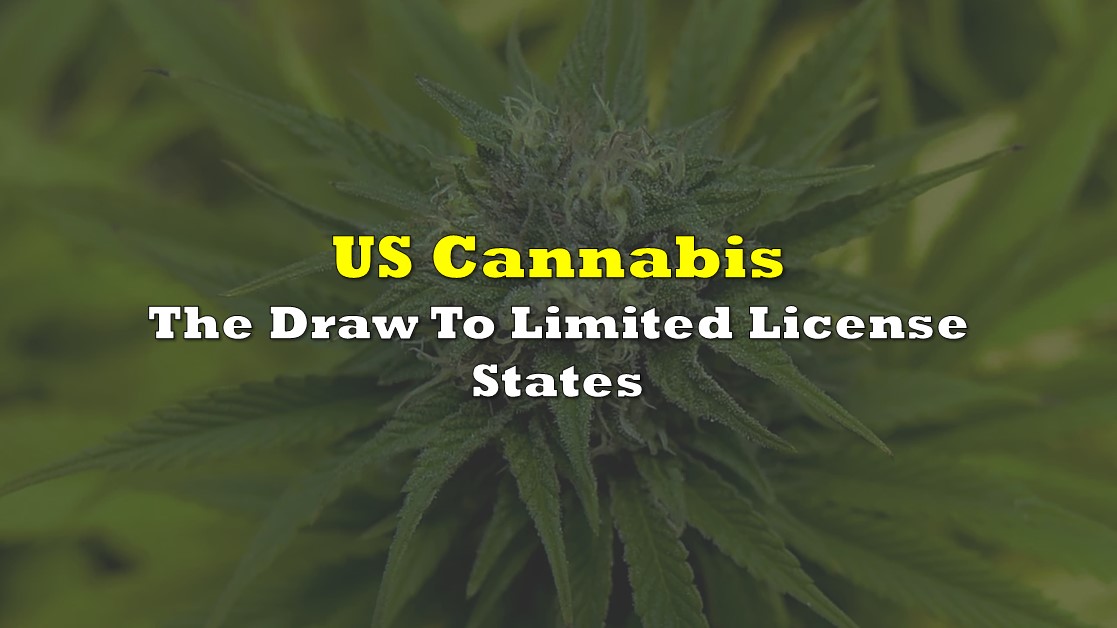



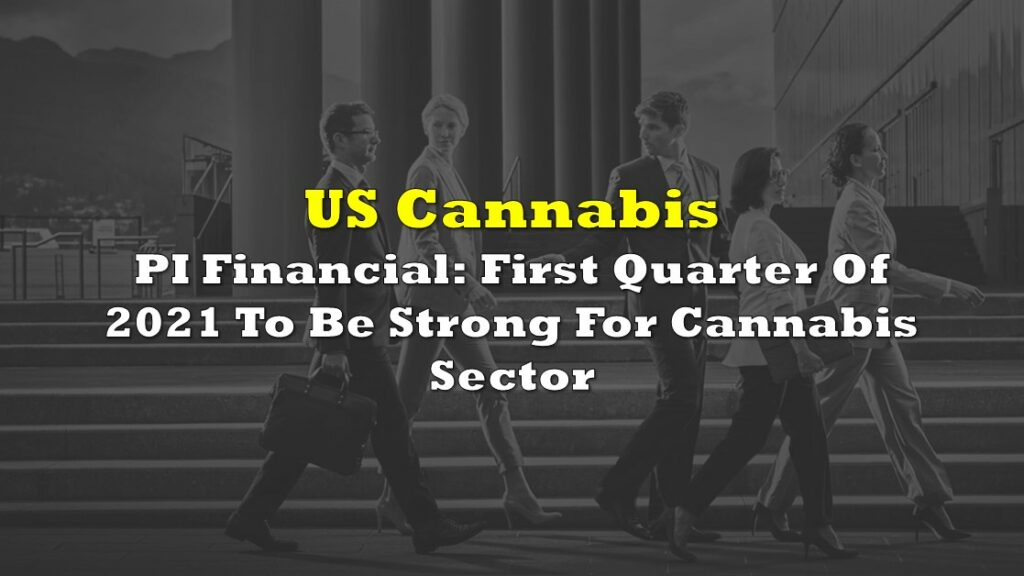
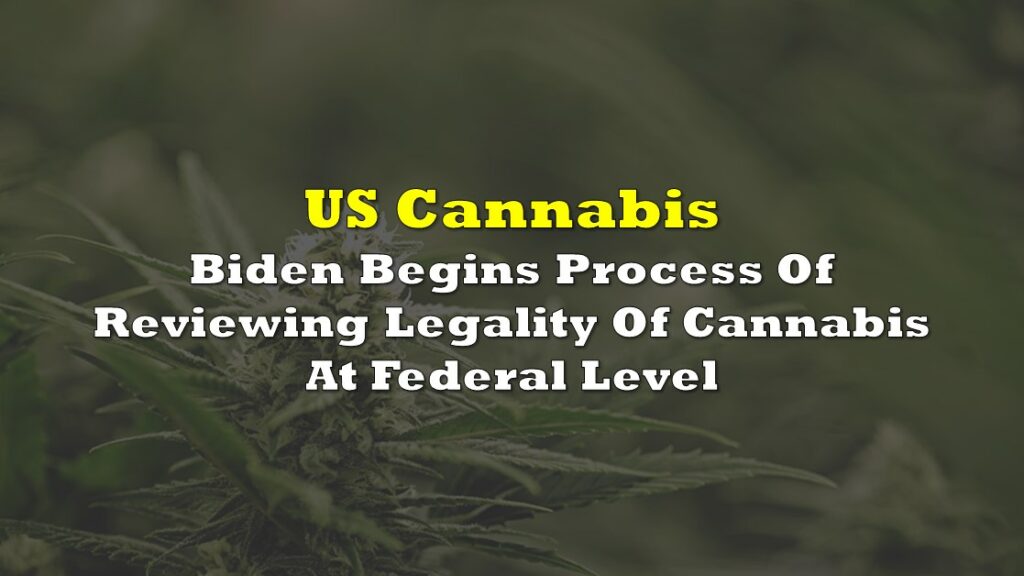
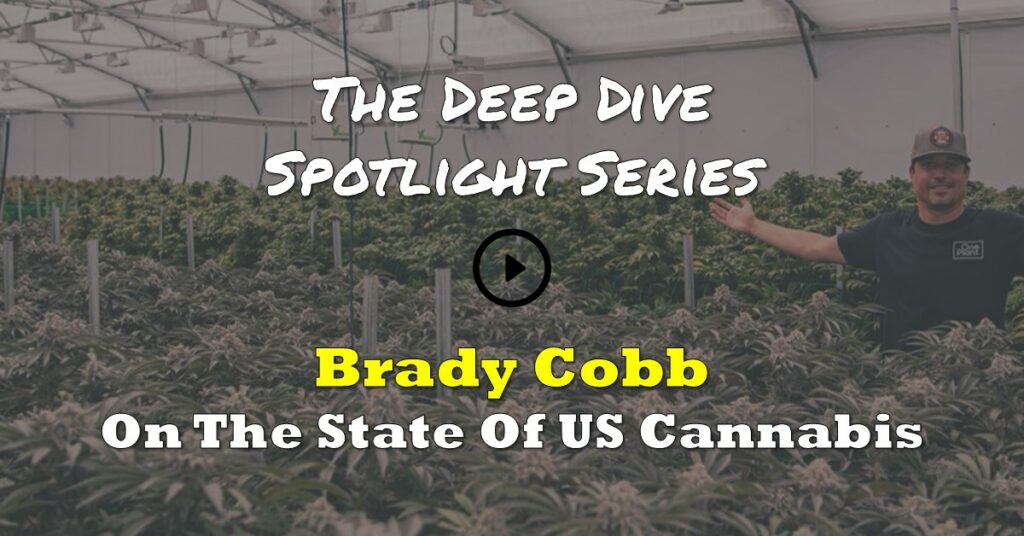
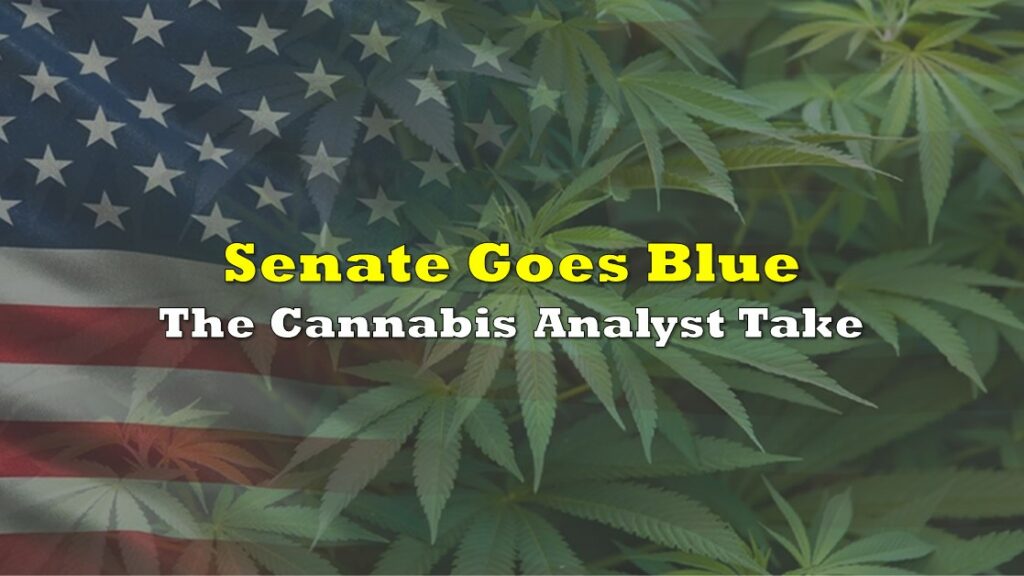
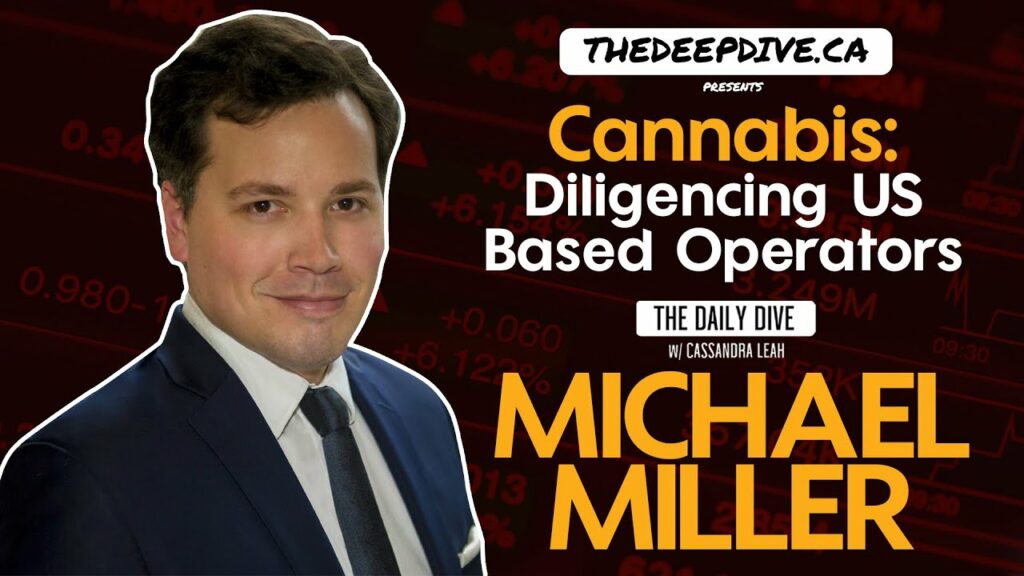
One Response
This is way more confusing that it needs to be.